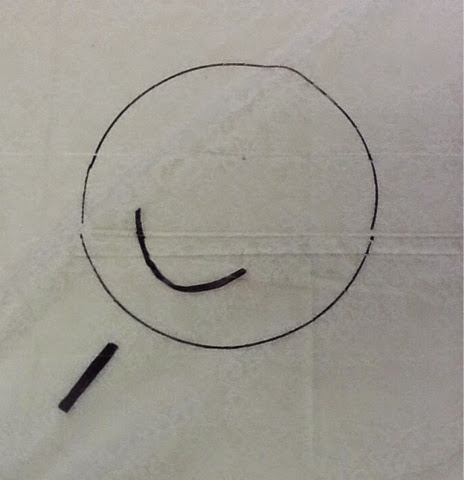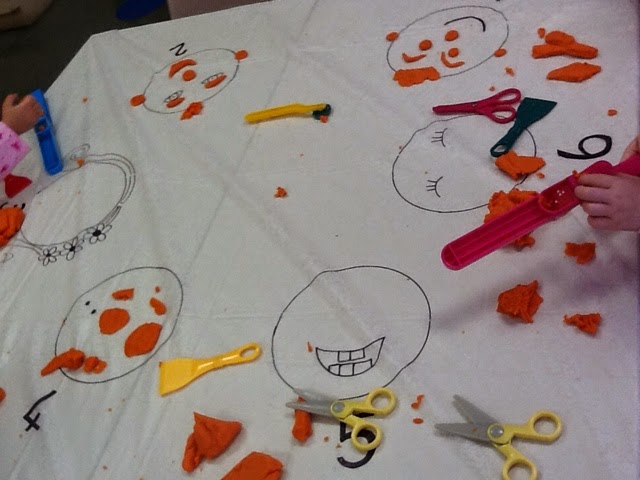I am trying to use natural or recycled materials as much as I can, both in the classroom and in the outdoor area. I try to put construction materials, drawing materials, actually just about anything in baskets or wooden boxes wherever possible. I have collected a huge range of pebbles, sticks, various nuts, leaves, wood chips and shells for the children to explore, play with and use however they like.
Here are a few ways I have used some of my collections of natural materials recently.
Counting Nuts
I wrote the numbers on paper bags and put out some nuts that were off a branch that had blown down. Children were free to use these materials however they wanted. I noticed the children pretended they were shopping and took the nuts into the home corner as food.
Wooden Spoons For Outdoor Play
We have lots of plastic buckets and spades for the children to use but I also have been putting out pots, pans, cake tins, colanders and a great kettle I just picked up at a garage sale. I have bought lots of spoons but this time I numbered them. We have been talking about numbers and this encourages the children to identify and talk about the numbers,and which number they are using.
Number Pebbles
I wrote the numbers on pebbles and put them in the block area with some wooden cars and ramps.
Rocks In The Sandpit
Rocks can be anything when children use their imagination.
Gumnut Numbers
I painted numbers on Gumnuts and the children used them to count or match the number with the number circle.
I have written other posts about bringing nature inside and using natural or recycled materials and am very keen to explore this further so I would love to hear your ideas about how you have been using natural materials.
Please leave me a message or link.
Niccola

















































